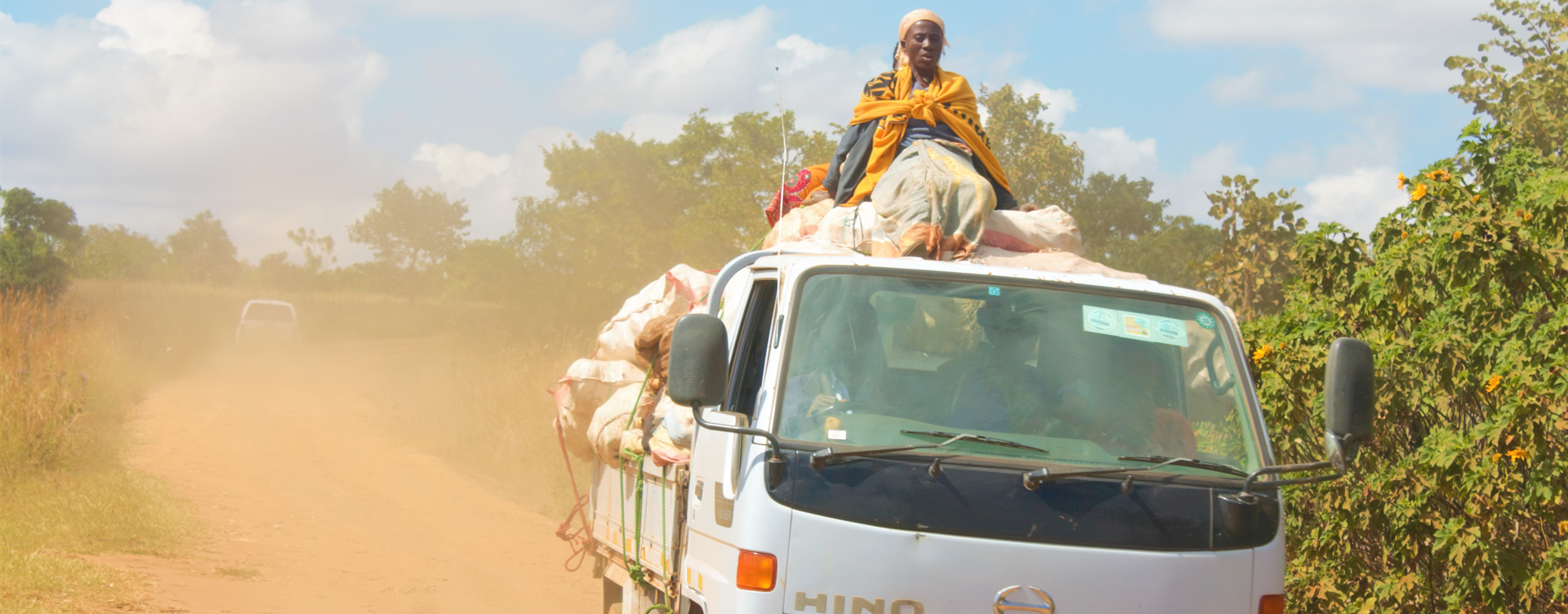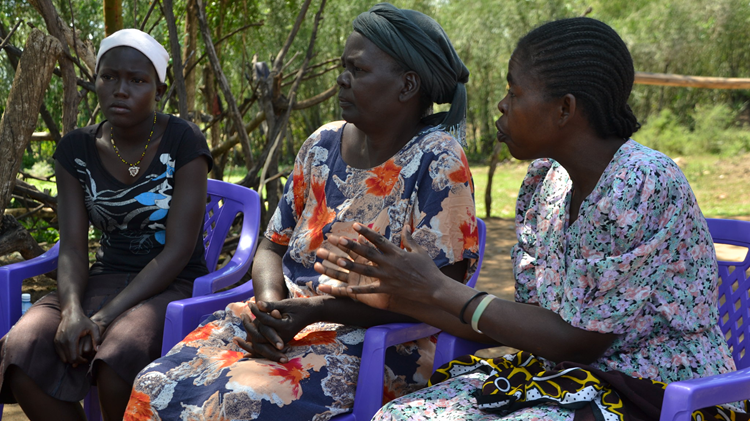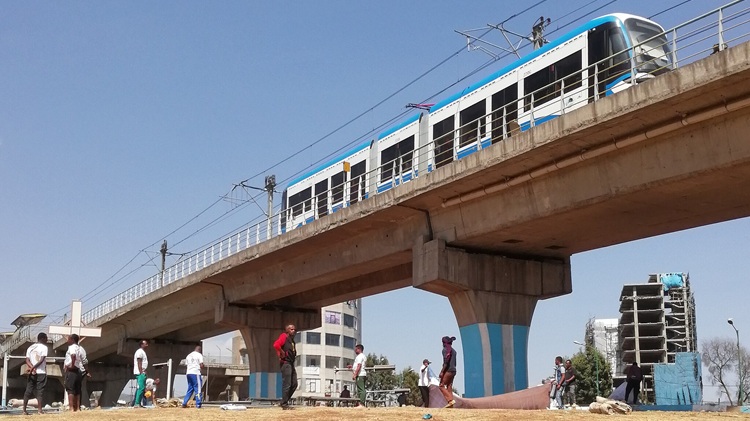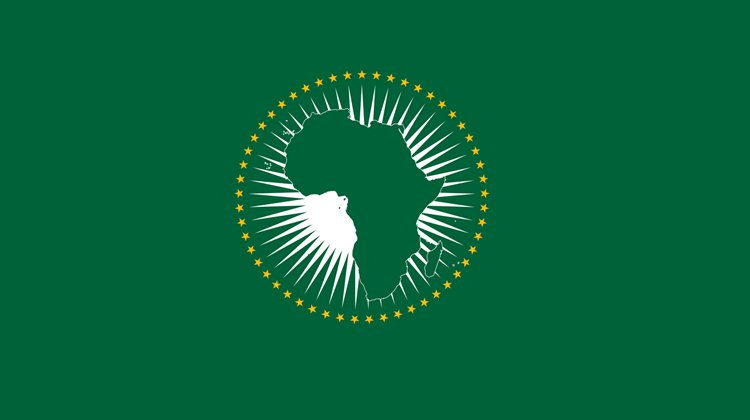Malawi votes soon, but prosperity lies beyond the ballot

With elections nearing, familiar promises return, but without structural reforms, Malawi will continue to produce the same failures.
Malawi’s elections are now less than two months away. President Lazarus Chakwera is seeking a second term as leader of the Malawian Congress Party, facing off against two former heads of state. One is 84-year-old Peter Mutharika of the Democratic Progressive Party, whom Chakwera defeated in the 2020 election. The other is Joyce Banda, a 74-year-old from the People’s Party, who held office from 2012 to 2014.
Malawi heads to the polls under a 50%+1 rule, making a coalition government the most likely outcome. Young voters, who make up more than half the population, could shape the result, especially if mobilised around promises of reform. But as vibrant as Malawi’s civil society and media may be, demanding transparency, accountability and respect for the rule of law, the deeper challenge is whether the next government can translate electoral legitimacy into structural transformation.
While all three candidates bring executive experience to the race, concerns about age, past economic crises and corruption allegations cast long shadows over their campaigns. Whoever wins in September will inherit a set of deep-rooted challenges that extend well beyond any single administration.
Whoever wins Malawi’s elections in September will inherit a set of deep-rooted challenges that extend well beyond any single administration
Decades of structural challenges have left Malawi one of the world’s poorest countries. According to a 2019 household survey, about 70% of Malawians lived below the $2.15 per day poverty line. This figure rose to 71.2% in 2025, bringing the absolute number of Malawians living in extreme poverty to approximately 15.8 million. Looking forward, rising food and utility costs are expected to further exacerbate poverty and food insecurity in the country.
Income per capita has averaged below US$1 500 over the past decade, which is over US$400 lower compared to the average for Africa’s low-income countries. The country, dominated by small-scale farming and heavily dependent on raw commodity exports (particularly agricultural products such as tobacco, tea, sugar and cotton), remains highly vulnerable to global market and climate-related shocks. In February 2024, for instance, an El Niño-driven dry spell resulted in a 44% loss of the maize harvest, pushing 5.7 million people into acute food insecurity. The El Niño also contributed to the rise in poverty levels, given that 80% of the Malawians are employed in the agriculture sector. Further, as a landlocked country, poor transport infrastructure, high transportation costs and limited connectivity constrain its ability to compete in regional and global markets.
Malawi is confronting significant fiscal challenges that jeopardise its aspirations to achieve middle-income status by 2030. Gross public debt stood at 74.9% of GDP in 2024, down slightly from a peak of 81.3% in 2023. While this represents a modest improvement, debt levels remain high by historical standards and continue to pose significant risks to fiscal sustainability. The burden has risen from 45.3% in 2019, an increase of nearly 30 percentage points in five years, and is now more than triple the ratio recorded in 2011
The country also relies heavily on aid. In 2023, foreign aid constituted almost 11% of Malawi’s GDP (approximately US$1.4 billion), highlighting the country’s reliance on donor funding to sustain essential services in sectors such as health, education, food security and infrastructure. Inflows of foreign direct investment remain modest, averaging just 5% of GDP over the past years, reflecting challenges with investor confidence.
A rapidly growing population, projected to increase by 11.9 million over the next two decades, will place mounting pressure on Malawi’s limited resources. The country remains predominantly rural, with only 18% of the population living in urban areas as of 2023, indicating low industrialisation, which is often associated with rural-urban migration.
Corruption remains one of Malawi's most pressing challenges, contributing to deepening inequalities and eroding public trust in institutions. In Transparency International’s 2024 Corruption Perceptions Index, Malawi ranked 107th out of 180 countries.
Despite these significant obstacles, Malawi has a chance to change its course. Scenario findings from the recent AFI-ISS Malawi country analysis indicate pathways to transformative change, but these will demand structural reforms, sustained policy interventions and political commitment across key sectors.
The analysis incorporates ambitious but achievable interventions across eight sectors, from governance to financial flows and trade. The Combined scenario integrates all these sectoral scenarios and captures the cumulative effect.
Under the Combined scenario, Malawi’s GDP rises to US$41.9 billion by 2043, compared to US$28.6 billion on the Current Path (business-as-usual trajectory), an additional US$13.3 billion, driven by coordinated multisectoral action. By 2043, GDP per capita increases by US$671, representing a 30% improvement over the Current Path. This illustrates that targeted investments and reforms, even in a low-income context, can yield favourable returns over time.
The Governance scenario demonstrates the highest impact among single-sector interventions, increasing GDP per capita by US$175, reaching US$2 417 in 2043. This outsized effect stems from Malawi’s baseline challenges, such as low government effectiveness and high corruption, which create inefficiencies in public resource allocation and deter private sector investments. The current governance environment constrains both public and private sector capacity.
The share of Malawians living in extreme poverty drops from 67% in the business-as-usual scenario to 47% under the combined scenario by 2043, reducing the number of people affected by 6.7 million. Governance has the highest impact in terms of percentage reduction, decreasing poverty by 5.6 percentage points.
The Governance scenario demonstrates the highest impact among single-sector interventions, increasing GDP per capita to US$2 417 in 2043
The evidence is clear, with steady reform across key areas, Malawi can lift millions out of poverty and build a stronger, more resilient economy. But this kind of progress will not come from elections alone. It will take structural reforms, stronger institutions, fiscal discipline, genuine accountability and a capable state that can deliver. While Malawi has committed to a long-term strategy through Malawi 2063 and its first 10-year implementation plan, the challenge lies in bridging the gap between aspiration and execution. Implementation has repeatedly faltered, not for lack of planning, but because political incentives remain misaligned with structural transformation. Too often, political change has meant reshuffling elites rather than rebuilding systems.
The real question, then, is whether Malawi’s next leaders will use their mandate to build a fundamentally different system. One that does not recycle past failures, but reimagines the state’s role in delivering long-term development. Malawi’s next chapter must not be shaped by campaign slogans, but by coordinated and courageous interventions.
Image: TimDonahue/Pixabay
Read the full recently updated country analysis of Malawi here.
Republication of our Africa Tomorrow articles only with permission. Contact us for any enquiries.






